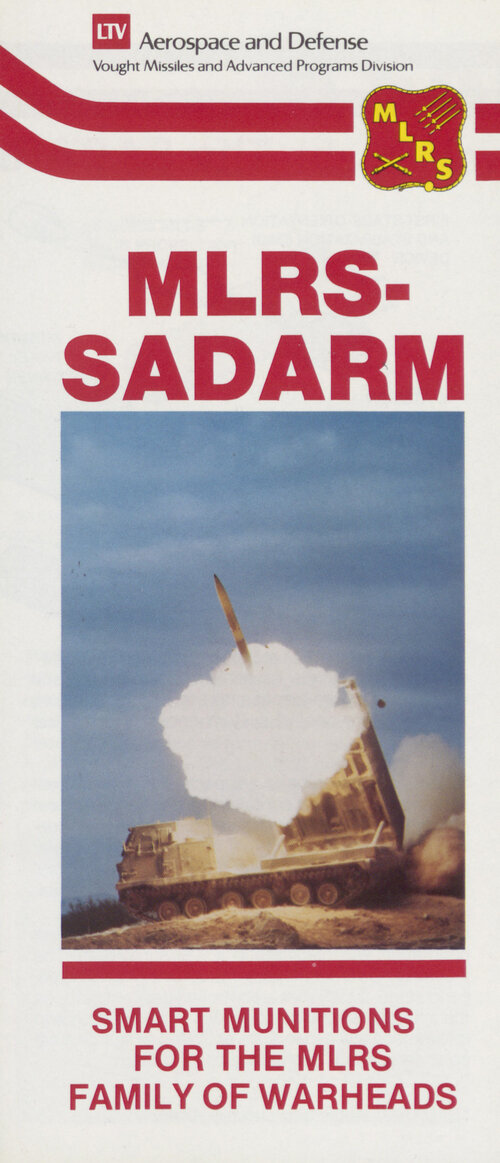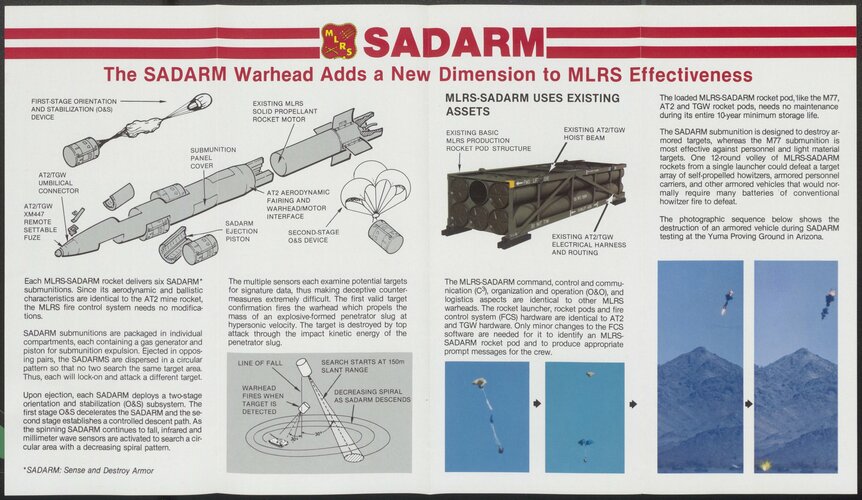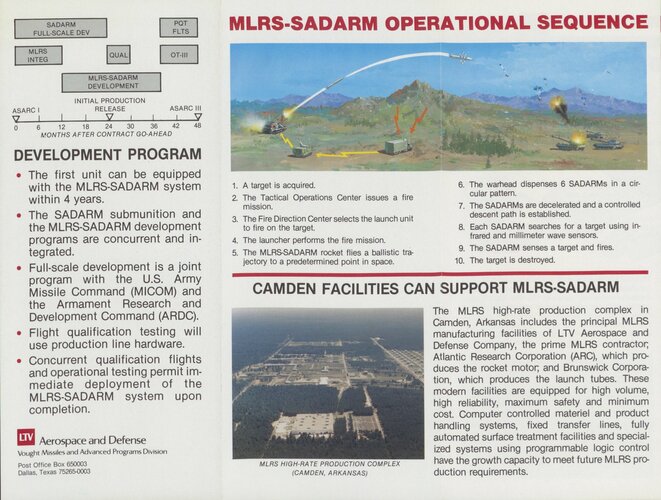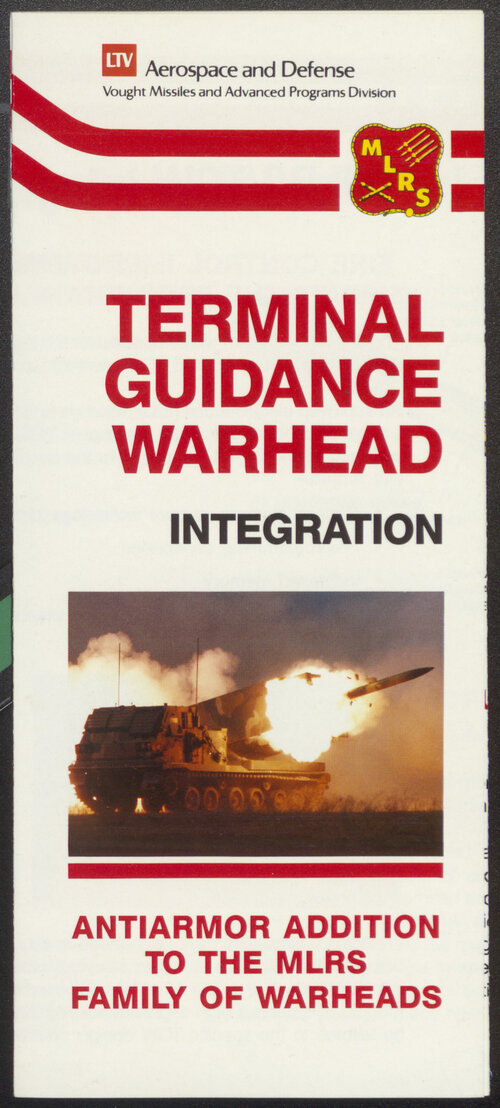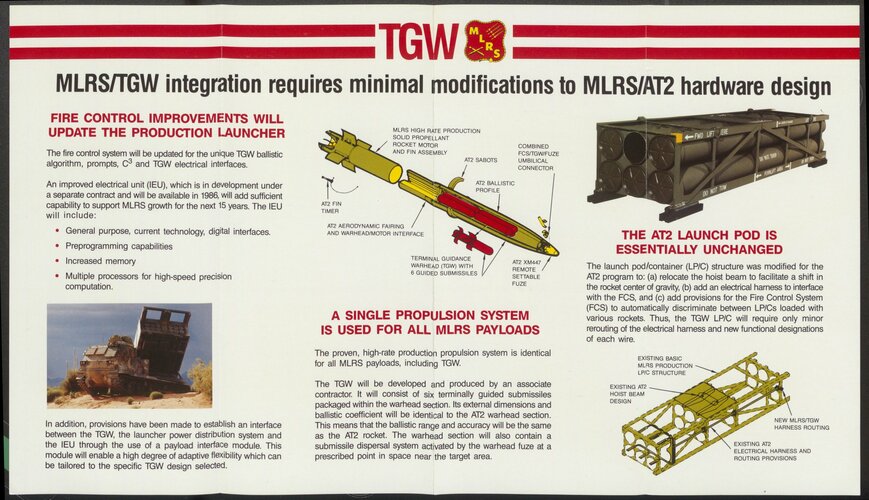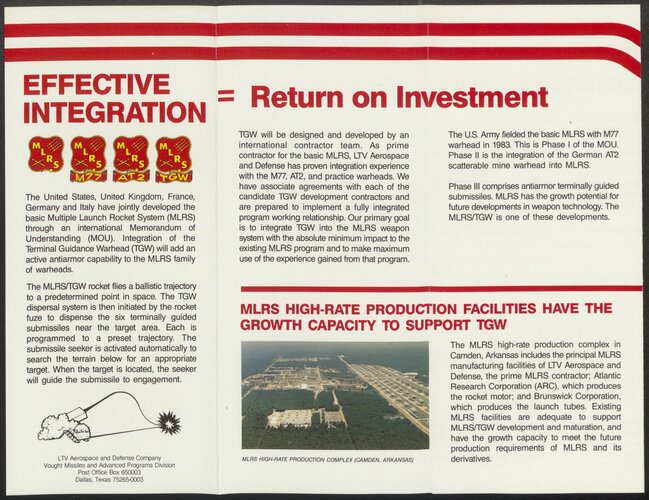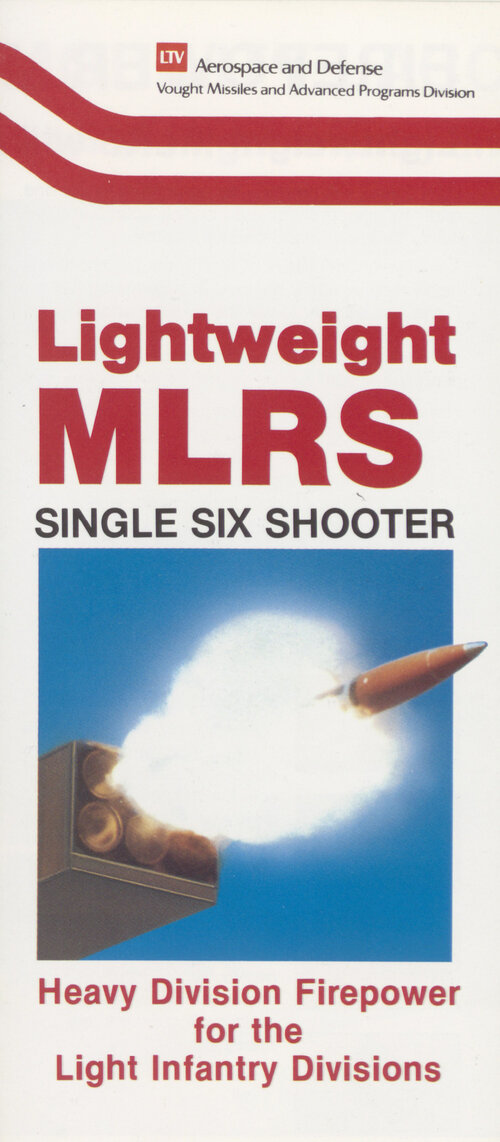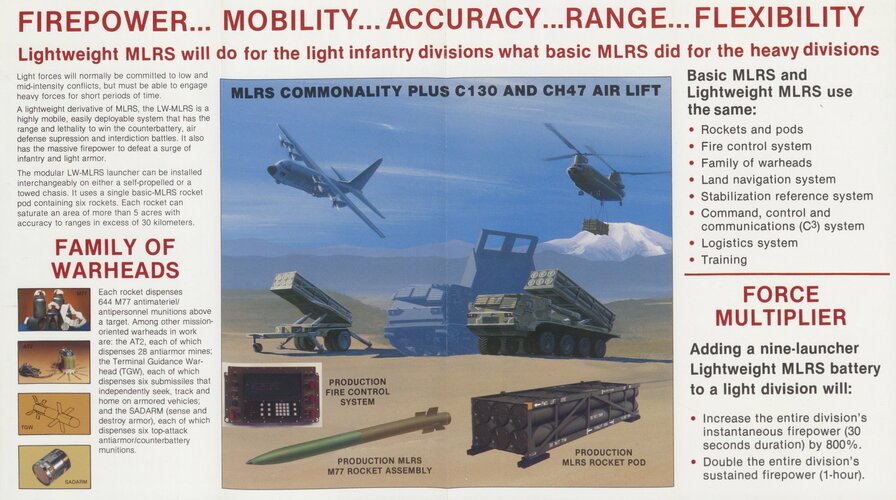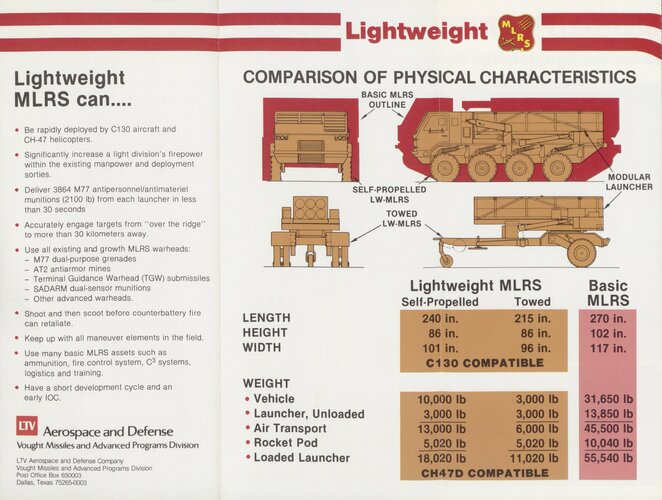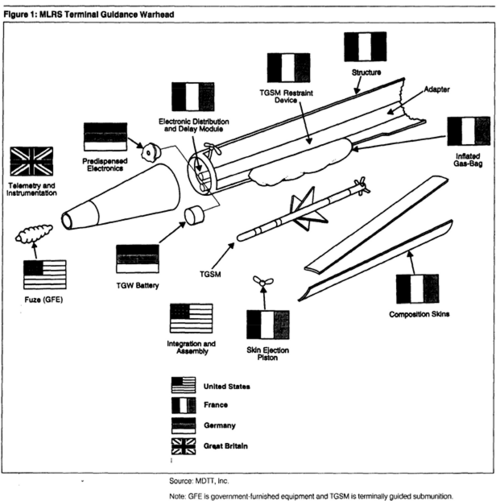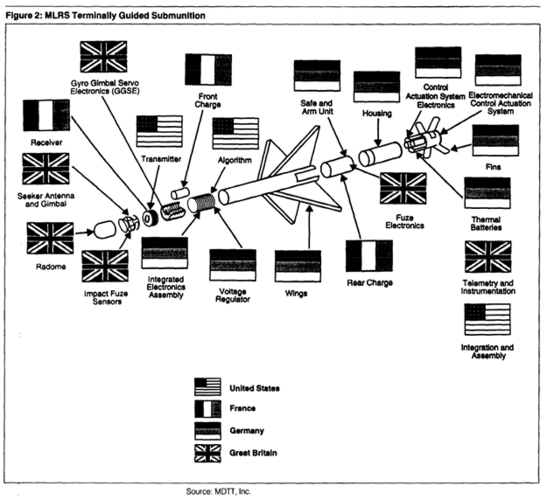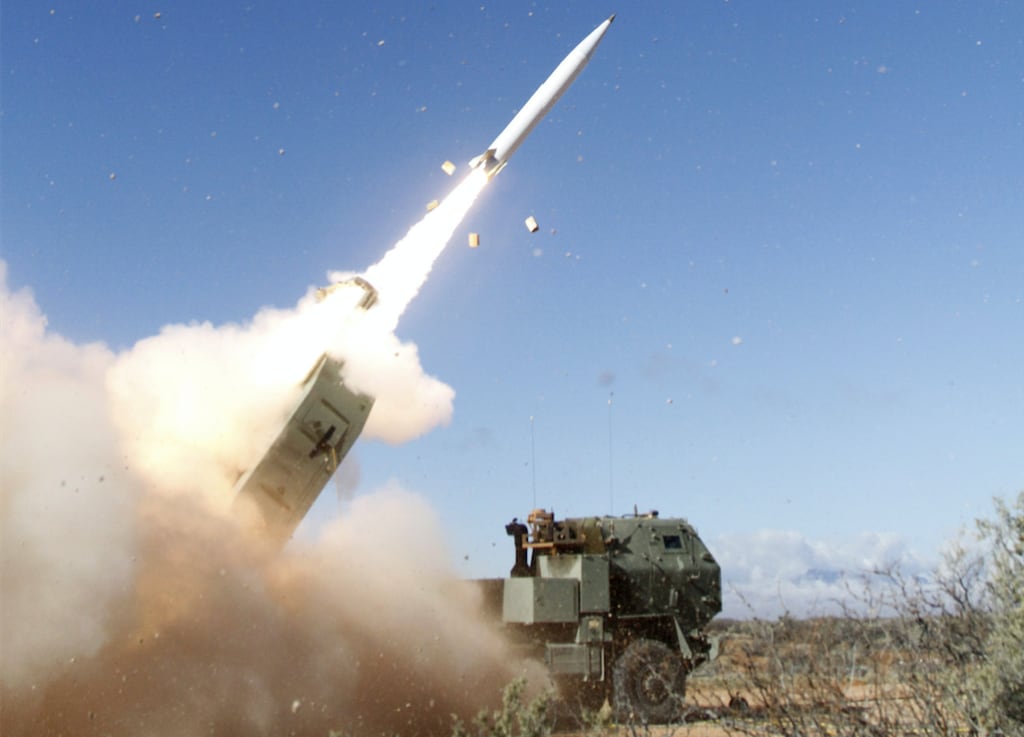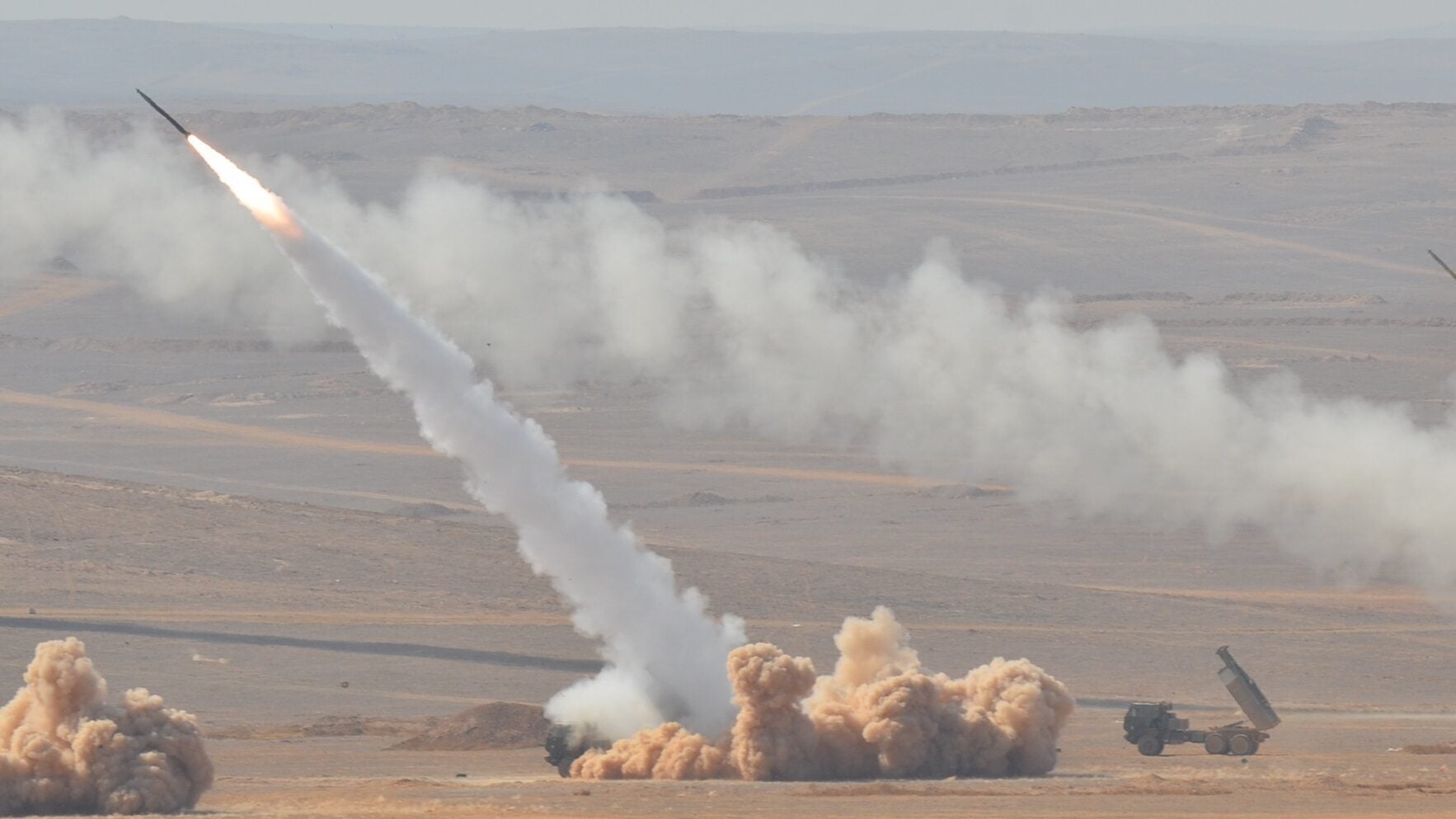Tracks made more sense when the rockets being fired had a max range of around 30km and the artillery units needed to operate with the maneuver units. The combination of GLMRS with wheels makes for a very light and mobile system that likely doesn't particularly need an off road capability - if you can shoot 80km, how far off a road do you ever have to ever be? You're already as far back the log train.
An MRLS needs as much operational flexibility as possible regardless of range of rockets. Short range rockets still have their place. Regardless of range , roads are much easier to watch by short range and long range UAVs, satelites and even spies both IMINT and electronic collection.
I think an argument could be made that using 6x6 trucks results in such a simplification of logistics and movement that they have a superior operational flexibility to begin with (along with a lot more theater/strategic mobility if you're shipping them somewhere).
HIMARS made some sense for budgetary reasons not operational ones.
You could easily drive a HIMARs 100-200 km back and forth over night to shoot and scoot; you're not doing that with a tracked vehicle. Though the US does use both still, so there must be scenarios they envision for the tracks.
The reason why all TAD vehicles were considered was for empowered light motorized divisions. HIMARS does not qualify as it is a heavy not offroad vehicle.
As for short ranged rockets, the US does not operate those; the older cluster rockets have been demilled or sold off. Don't know if anyone still has them in inventory but I think NATO only uses M30/31 rockets now.
Cluster munitions are prohibitd so can not be sold, but have not heard that the short rang mission has been scrapped. That would be startling.
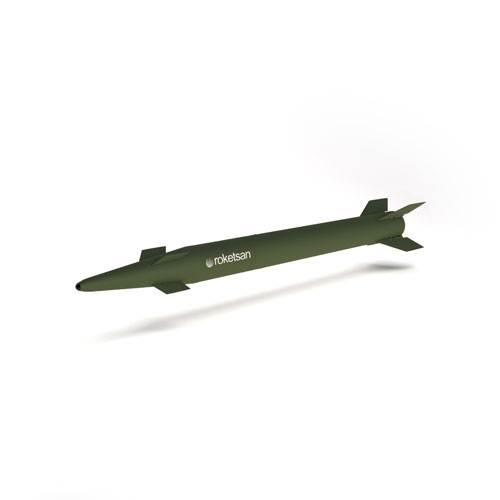
www.roketsan.com.tr

